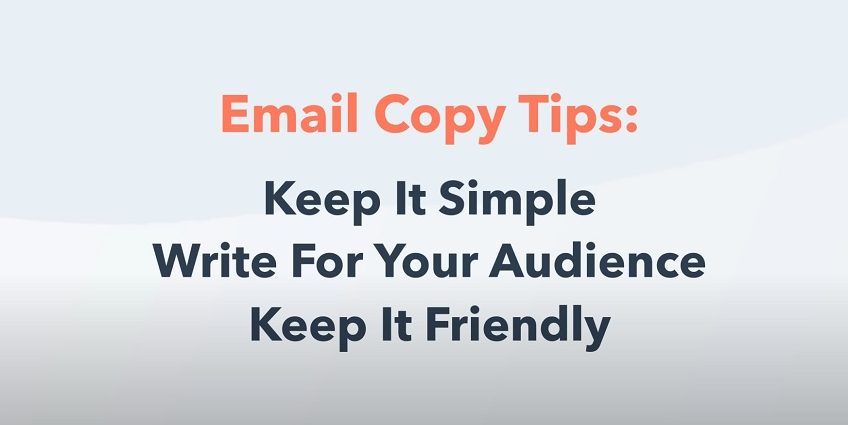There has been an increase in the use of email marketing, which has led to a flood of marketing emails being sent to customers. As a consequence, despite their best efforts, their messages are being lost in the noise, which is the exact reverse of what they intended. Using email as a tool for product promotion, communication with clients, and building brand recognition is a wise investment for any business.
Is it possible that the client is either deleting or ignoring or simply sending it to the spam folder? As a consequence, all of their plans fall flat on their faces. You may transform your failures into successes if you follow these eight steps, making your methods work for you, encouraging consumers to read your emails and boosting your Click-through Rate (CTR).
1. First and foremost, abide by the CAN-SPAM Act.
Make sure that your email marketing comply with the FTC’s CAN-SPAM regulations before moving through with them. The FTC’s website outlines the requirements for CAN-SPAM compliance, which must be properly adhered to when sending out email communications. The following are a few of the ones:
- Every email you send to customers should have a physical address.
- You should be able to unsubscribe within ten business days after providing an opportunity to do so in each email you send out.
- You should include phrases such as “Response to,” “From,” and “To.”
2. Make sure you don’t use generic email addresses while sending out your messages
Make sure to personalize your email when you’re sending one. It is important to include the name of the sender, a real person, and not just a corporation name like “contact@abc.”com in your letter. If feasible, provide the person’s contact information in the email. Automated emails and emails sent from generic email addresses without any connection to the sender tend to be ignored.
3. Be Creative With Your Subject Lines, But Keep Them Simple
Keep your subject line’s length around 50 characters to ensure that it can be read in its entirety on mobile devices in order to increase your email’s open and click-through rates. Also, make an effort to use basic language free of grammatical errors. Make use of action verbs and enticing adjectives to elicit a sense of urgency and excitement from your readership..
4. Add Buttons for Social Media Sharing
The more people see your material, the more likely they are to follow you. The more clients you can contact by adding social sharing buttons to your emails, the more likely it is that they will spread the word about you.
5. Keep in mind the needs of mobile users while designing your website
Mobile devices are the primary means of reading emails these days. As a result, while creating your email message, keep mobile consumers in mind. Email recipients would appreciate it if you reduce the size of the email, use CTA buttons and links that are at least 45-57 pixels in diameter, and use responsive layouts.
6. Prior to the Final Go-Ahead, Check Your Emails
When you’re developing your email, it’s possible that you’ll overlook an error. If possible, test the finished product on a variety of devices before submitting it. Alternatively, you may provide a test version to your coworkers so that they can provide helpful feedback on how to fix any bugs they find.
7. Include Images And Text Links
You may boost your email’s click-through rate (CTR) by including links to photos in it. Your ultimate goal is to get people to visit your website so don’t cram all of your links into the email template. Instead, include them in text and graphics that readers may click on to get them there.
8. Add a Call-To-Action Button
When clients don’t read your message in its entirety, your chances of getting a response from them fall down. Even if they don’t read your email, including a prominent call-to-action button will urge them to take action after getting it. You may force them to reply to your email by including a call to action for a free download of ebooks or case studies.



